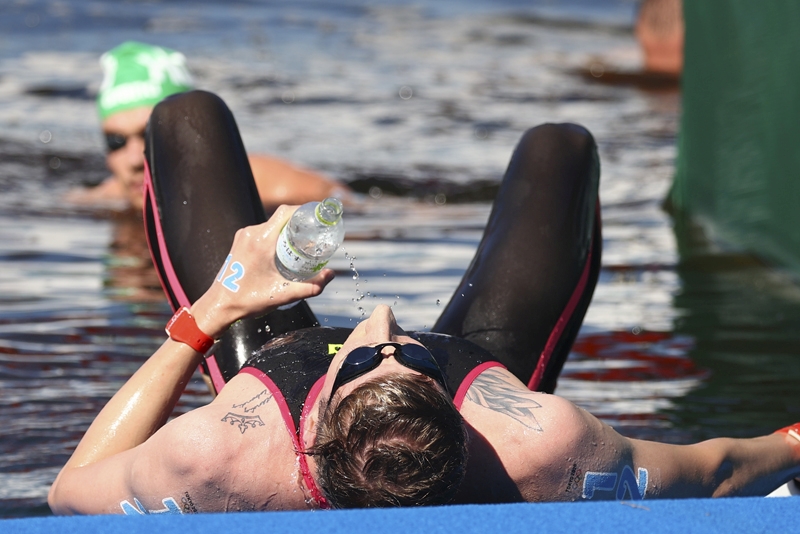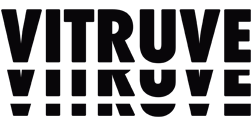5 de August de 2025
Measure and Estimate Your Optimal Recovery Time
In high-performance environments, recovery is not downtime — it’s a data point. It’s a variable that, when properly measured and managed, becomes as powerful as your training load, intensity, or volume.
Strength and conditioning coaches working with elite athletes know that what happens between sessions often determines the quality of the next one. Recovery time is no longer a vague window; it is a measurable and adjustable factor, essential for sustainable progress and long-term performance.
Understanding Recovery Time Beyond Rest
Recovery time refers to the physiological and neurological period an athlete needs to return to a state of readiness after training or competition.
While the common understanding of recovery is often tied to muscle soreness or general fatigue, the actual process is far more complex. It involves the restoration of muscle tissue, neural function, hormonal balance, and even psychological readiness. These elements do not recover at the same rate, which is why a single metric or a fixed timeframe can’t define readiness for all athletes or all training types.
Rather than thinking of recovery as passive rest, coaches must begin to treat it as an active and strategic element of program design. Recovery is where adaptation occurs.
It’s during the recovery window that the body responds to stress, repairs tissue, restores energy systems, and recalibrates for the next performance demand.
The Cost of Under-Recovery in Elite Training
In a high-performance context, failing to accurately account for recovery time can have cascading consequences. A training session performed in a state of incomplete recovery compromises movement quality, reduces force production, and limits neural drive — ultimately reducing the effectiveness of the session and increasing injury risk.

The cost is not only physiological but systemic. Chronic under-recovery leads to hormonal imbalances, decreased immunity, poor sleep quality, and negative mood states. For athletes operating on the edge of their physical limits, these small deficits accumulate quickly. From a coaching perspective, this means performance data becomes harder to interpret, progress plateaus, and return-on-effort diminishes.
What Influences Recovery Time?
Recovery is influenced by a combination of intrinsic and extrinsic factors.
Internally, each athlete’s biological profile plays a role — age, training experience, muscle fiber composition, and genetic recovery capacity all contribute to how quickly an individual bounces back.
Externally, sleep quality, nutrition, hydration, training stress, and psychological state dramatically affect the rate and quality of recovery.
Not all training stressors impose the same recovery demands. A heavy eccentric strength session produces different levels of muscle damage and neuromuscular fatigue compared to a power-focused Olympic lifting session. Similarly, high-intensity interval work affects metabolic systems differently than maximum strength protocols. Therefore, coaches must match recovery strategies and timing to the specific stressor imposed.
Measuring Recovery Time with Objective Data
The era of relying solely on subjective feedback — such as muscle soreness or mood — is over. While subjective inputs remain valuable, they must be complemented with objective data to make informed coaching decisions.
One of the most effective ways to assess recovery is through neuromuscular performance tracking. Tests such as countermovement jumps (CMJ), reactive strength index (RSI), or bar speed metrics through VBT in resistance training offer insights into the central and peripheral fatigue accumulated by the athlete.
For instance, a drop in peak velocity during a loaded lift can indicate incomplete recovery at the neuromuscular level, even if the athlete feels subjectively fine.
Velocity based training (VBT) adds another layer of precision. By tracking how bar speed fluctuates within and across sessions, coaches can spot recovery trends in real time. This allows for immediate load adjustments or even complete session reprogramming if readiness is compromised. Similarly, long-term tracking of load-velocity profiles helps establish individual baselines, so deviations in performance become easier to interpret in the context of recovery.
Other common tools include heart rate variability (HRV), resting heart rate, and sleep quality tracking. While these do not directly measure neuromuscular readiness, they provide a systemic overview of the athlete’s autonomic nervous system state — another layer of insight when triangulating recovery needs.
How to Estimate Recovery Time by Training Type
The optimal recovery time between sessions depends on the type of physical stress applied. Below is a generalized framework:
- Maximal strength training (e.g., 1–3RM compound lifts) typically requires 48–72 hours due to high neuromuscular demand and CNS fatigue.
- Hypertrophy sessions, while metabolically taxing, often recover faster (24–48 hours), depending on the level of muscle damage and total volume.
Power or explosive training that involves high-speed, low-rep work with maximal intent may necessitate 48 hours for full restoration of neural drive. - High-volume circuits or metabolic conditioning sessions produce significant systemic fatigue and can require up to 48 hours of recovery, especially if combined with sleep deprivation or caloric deficits.
These timeframes are only reference points. The real value lies in observing how an athlete responds in practice, session to session. Velocity metrics, force output, movement quality, and fatigue markers help translate these theoretical windows into practical coaching decisions.
Integrating Recovery Time Into a Precision-Based Programming Strategy
To truly manage recovery time with accuracy, intuition is not enough — you need data. Recovery must be tracked, interpreted, and programmed with the same level of precision as load, volume, and intensity. This is where the use of an integrated software ecosystem becomes indispensable for strength and conditioning coaches.
With a platform like the all-in-one Vitruve Software for coaches, you gain access to a complete suite of tools designed to monitor and optimize recovery at both the individual and team level. The system is composed of three key components:
- Vitruve Labs: An advanced Athlete Management System (AMS) that centralizes every athlete’s performance data. Here, recovery metrics, neuromuscular fatigue trends, training loads, and wellness scores are visualized through dynamic dashboards, making it easy to detect under-recovery before it impacts performance.
- Vitruve Builder: A program design tool specifically tailored for S&C. It allows coaches to generate structured training plans while integrating recovery logic directly into the session templates. Whether you’re periodizing deloads or adjusting volume based on readiness scores, Builder gives you the flexibility to adapt quickly.
- Vitruve Encoder: A reliable velocity based training (VBT) device that measures bar speed and detects performance drop-offs in real time. By establishing an athlete’s load-velocity profile and monitoring intra-session fatigue, the encoder helps identify how much recovery is actually needed before the next high-load stimulus.
Having all these tools connected in a single, digital environment offers one of the biggest advantages for coaches working with multiple athletes: clarity and control. With centralized data, you no longer rely on guesswork or fragmented spreadsheets. Every recovery KPI — from readiness testing to session velocity loss — is tracked, compared, and made actionable from one place.
This level of integration is especially valuable when coaching large groups. Instead of juggling separate reports for each athlete, you have real-time dashboards that help you detect trends across the team, flag individuals at risk of non-functional overreaching, and fine-tune workloads with surgical precision.
Ultimately, software like Vitruve empowers you to turn recovery time into a measurable, coachable, and programmable element of performance. It ensures that every training session is executed with full context, and every recovery window is optimized to maximize adaptation — not just filled with passive rest.
